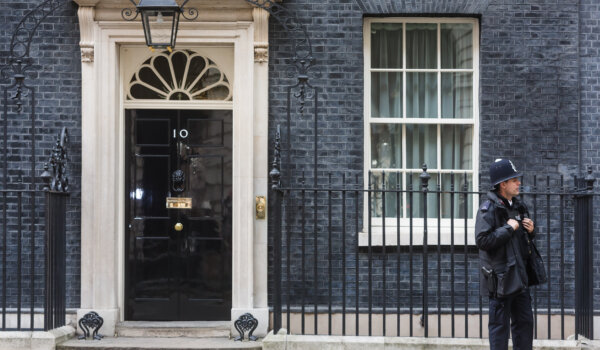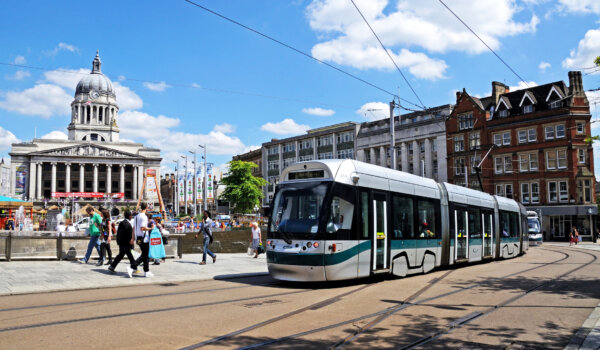
Creating a location that is attractive to today’s discerning investors is a difficult task. There are many factors to consider when selling a region – skills, incentives, laws, costs, liveability, transportation links etc. Economic Development Organisations (EDOs) are akin to performers spinning plates and sometimes one of these plates gets neglected and falls. Commonly this is the availability and quality of office properties within an area. Often, there is little attention paid to an area’s property make up and buildings’ attractiveness and suitability expire long before they’re structural integrity meaning that old buildings are continually offered up as locations for modern companies seeking to open a fresh office in a new location.
Recent years have witnessed a significant shift in the location and lay out of office properties. Bland and lifeless tower blocks full of segmented desks and asbestos are being shunned in favour of bright, airy, open plan spaces with flexible layouts and communal areas. The same can be seen in modern business parks. No longer are companies happy to work in isolated parks with no access to additional amenities or services.
The placement and amenities of a business park are extremely important factors to consider when designing a new location. This is especially true when seeking to create spaces that resonate and appeal to particular sectors, including ICT and Business, Professional and Financial Services (BPFS).
Each subsector will also have its own unique list of key factors that attract investment and each stage of company, from start-up to multinational giant, will have its own needs as well. New developments are being tailor made towards their targeted tenant types more than ever before but this requires careful strategy and planning if a region is to avoid creating the latest high profile ‘white elephant’.
The location of the site is perhaps the most important factor of all. There are numerous examples from around the world of excellent facilities being constructed ‘out of town’ with the hope that investment, activity and buzz would migrate to them on the strength of the facilities. More often than not this does not happen and the development do not succeed. A business park appears to be best located in a narrow band on the outskirts of a city centre (to take advantage of lower costs) but close enough, or connected enough for the workforce to easily get to work and to not feel isolated from everything else once they get there.
Once a suitable location has been identified, the design and layout of the buildings need to be carefully considered.
The main trend at present is for energy efficient, environmentally friendly building designs with plenty of open space and natural light for the happiness and well-being of the workers inside. These more bespoke building designs can also then act as an advertisement for the location, and companies with similar environmental or caring corporate images may be attracted to the development in ways that they would not be if the buildings were more traditional in style and layout.
Another current trend is the addition of social amenities to a development’s offer. Café’s, restaurants, gyms, launderettes, beauty parlours etc. are being increasingly added to business parks in an attempt to differentiate themselves or, to offset the negatives of being located further from the city centre. A variety of clubs, societies and organised events between all tenants at a location are also becoming increasingly common. This increased mixing and interaction between companies is seen as a positive way to encourage communication, the sharing of ideas and collaboration.
The ‘spinning plate’ of property availability and type is starting to wobble for many locations and the cost and lead time involved in realigning their offers to current demands may see many of these locations fall down the investment rankings in the coming years.



